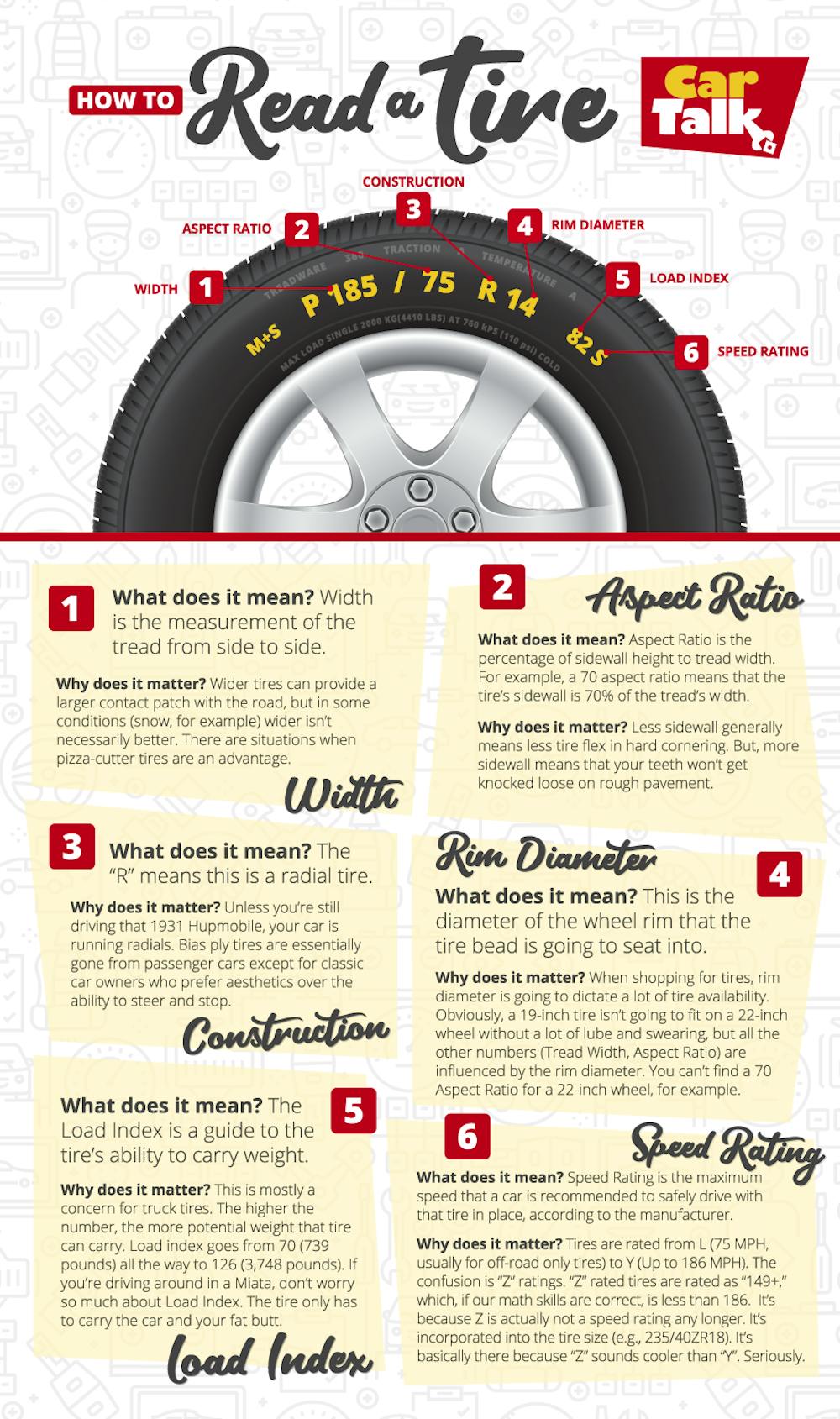All Categories
Featured
Table of Contents
The Michelin supplied a comfy driving experience, characterised by receptive guiding and a modern understeer balance. Despite the cooler testing conditions, Michelin's consistent time and grip over 3 laps shows its suitability for real-world applications.
The tyre's very first lap was a 2nd slower than the 2nd, pointing to a temperature-related grasp boost. For day-to-day use, the Michelin could be a safer wager.
Long-lasting Tyres Near Me
It shared Michelin's risk-free understeer balance but did not have the latter's willingness to transform. Continental and Goodyear's performances were remarkable, with Continental's new PremiumContact 7 showing a significant renovation in wet conditions contrasted to its precursor, the PC6. This model was far less sensitive to load adjustments and behaved a lot like the Michelin, albeit with slightly much less interaction at the restriction.
It integrated the safe understeer equilibrium of the Michelin and Continental with some sporty handling, confirming both foreseeable and fast. As an all-rounder for this Golf GTI, Goodyear's Asymmetric variety was the standout, demonstrating outstanding efficiency in the wet. The Bridgestone Potenza Sporting activity took the crown as the fastest tyre, albeit by a little margin.
Motorists looking for an exciting damp drive could locate this tyre worth taking into consideration. The standout performer in wet stopping was the newest tire on examination, the PremiumContact 7, though the results are nuanced.
Trusted Tyres
Ideally, we wanted the cool temperature level test to be at around 5-7C, however logistical hold-ups indicated we evaluated with a typical air temperature level of 8C and water at 12C. While this was cooler than standard examination problems, it was still warmer than real-world problems. The warm temperature level examination was done at approximately 18C air and 19C water.
The third run entailed wet braking tests on used tyres, especially those machined down to 2mm with a small altercation. While we meant to do more with these used tires, weather constraints limited our testing. It's worth keeping in mind that damp stopping is most important at the worn state, as tires typically improve in dry conditions as they put on.

However, it shared one of the most considerable efficiency decline, together with the Yokohama, when worn. Bridgestone, Goodyear, and Michelin saw the least efficiency decrease when worn. Bridgestone and Goodyear's performance dipped in cooler problems. The Hankook tire registered the tiniest efficiency decline as temperatures cooled, yet it was among the most influenced when used.
Wheel Alignment Services – Kiara WA
The take-home message below is that no single tire stood out in all aspects of damp braking, suggesting a complicated interplay of factors affecting tire efficiency under different conditions. There was a standout tyre in aquaplaning, the Continental finished top in both straight and curved aquaplaning, with the Michelin and Goodyear also excellent in much deeper water.

Yokohama can gain from slightly more grip, a concern potentially influenced by the cooler conditions. When it comes to managing, all tyres done within a 2% array on the lap, demonstrating their premium performance (All-season tyres). Nonetheless, thinking about these tyres essentially target the exact same consumer, it's interesting to observe the considerable differences in feel.
The surprise is since the PremiumContact 6 was just one of my favourites for sporty completely dry drives, yet its successor, the PremiumContact 7, seems a lot more mature and appears like Michelin's performance. Amongst these, Hankook was the least precise in steering and interaction at the limitation. Tyre warranty. Both Michelin and Continental supplied charming first guiding, albeit not the fastest
If I were to recommend a tyre for a fast lap to a newbie, say my father, it would be one of these. We have the 'fun' tires, namely Yokohama and Bridgestone. Both were swift to guide and felt sportier than the others, however the trade-off is an extra spirited back side, making them more tough to manage.
Best Tyre Inspections Near Me – Kiara
It supplied similar guiding to Bridgestone yet used much better comments at the limitation and better grip. The Bridgestone Potenza Sporting activity, nonetheless, seemed to degrade rather promptly after simply three laps on this demanding circuit. Last but not least, there's Goodyear, which placed itself someplace in between the fun tires and those having a tendency towards understeer.
Altogether, these tyres are exceptional performers. For road use, I 'd lean in the direction of either the Michelin or Goodyear, depending upon your specific choices. In regards to tyre wear, the method used in this test is what the industry describes as the 'gold criterion' of wear. The wear experts at Dekra conducted this test, which involved a convoy of automobiles passing through a thoroughly planned path for 12,000 kilometres.
Both the Bridgestone and Yokohama tires significantly underperformed in comparison to the other four tyres in regards to rolling resistance, with Continental a little outperforming the remainder. Pertaining to the comfort degree of the tyres, as expected, a lot of demonstrated an inverted connection with handling. The Continental, Michelin, and Goodyear tires performed best throughout numerous surface types examined.

Bridgestone started to show indicators of suppleness, while Yokohama was especially jarring over fractures. We did measure internal noise levels; however, as is commonly the instance, the outcomes were very closely matched, and because of weather restraints, we were unable to carry out a subjective analysis of the tires sound. We looked at abrasion numbers, which determine the amount of tire walk shed per kilometre, normalised to a one-tonne automobile.
Best Tyre Servicing Near Me – Kiara WA
This number stands for the amount of rubber dust your tires produce while driving. Michelin led in this category, producing over 9% less rubber particle matter.
Latest Posts
Affordable Tyre Deals Near Me
Leading Cost-effective Car Tyres – Mirrabooka WA
Top Wheel Alignment Near Me – Koondoola WA